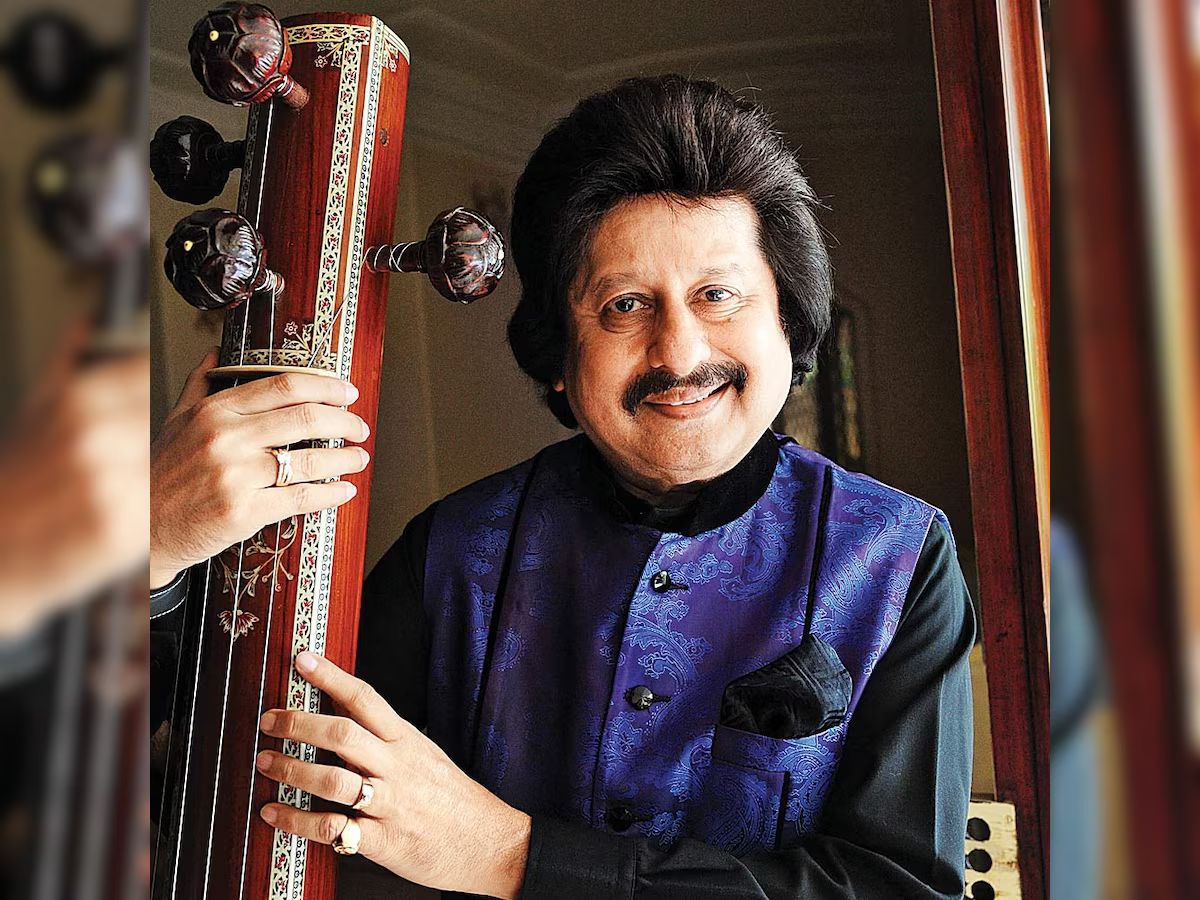The Oxford-AstraZeneca Covid-19 vaccine was formally approved by India on Sunday for emergency use. The vaccine, manufactured by the Serum Institute in India, was first approved this week by Britain.
This makes them the country’s first COVID-19 vaccine to get such authorization.
India is the second nation in the world to have approved the Oxford-AstraZeneca vaccine, following the United Kingdom, where the Pfizer-BioNTech candidate was approved for the first time in December 2020.
Which One Is Better COVID-19 Vaccine Right Now?
AstraZeneca’s Covid-19 Vaccine Covishield V/S Pfizer-BioNTech
Efficacy
The effectiveness of the Pfizer vaccine is 95%, compared with the Oxford mark of some 70%. With the Pfizer jab, immunity also tends to kick in a little faster at 14 days, compared to 22 for Oxford’s shot.
Vaccine Type
The AstraZeneca shot is a “viral vector vaccine” which typically causes chimpanzees to get the common cold and a specially engineered virus that gives human cells genetic instructions for the spike protein to sprinkle from the surface.
Pfizer/BioNTech and Moderna use new technologies to instruct the cells to create the spike protein by packaging the messenger RNA (m RNA) within tiny fat droplets.
Price
According to AstraZeneca, a dose of the vaccine would cost a couple of dollars but would be sold without profit, compared to a dose of Pfizer’s dosage of $18.40-$19.50.
Storage
The AstraZeneca shot needs no depth freezing at a minimum of 70 degrees such as Pfizer’s mRNA vaccine and its German partner BioNTech. It can be kept for six months in a regular fridge. It is also cheaper to produce, giving developing countries hope that they are largely excluded from the early vaccine route.
Why Pfizer Deals Hit A Roadblock?
According to officials involved in the vaccine administration program, there are doubts as to whether Pfizer, after meeting its current commitments with the US, the UK, the EU, Bahrain, Canada, Mexico, and Saudi Arabia, has adequate spare capacity to meet Indian requirements.
The Central Drugs Standard Control Organization (CDSCO) subject expert committee, the body that scrutinizes applications for new vaccines, requested Pfizer two weeks ago to present its case, but the company needed more time to formally apply its papers for emergency authorization.
Interestingly, although Pfizer has postponed submitting its proposal to CDSCO, it is in touch with the government’s expert committee on vaccine administration (NAGVAC).
A senior official who asked not to be named said, “From our conversation, it seems that Pfizer may not have the capacity needed to meet India’s demand.”
Indian companies have received several co-production deals from both Pfizer and Moderna, another top official claimed on condition of anonymity. But any co-production in India, as per our drug laws, would also require new rounds of trials in this region. And that would mean additional expenses.
Although for the second half of 2021, Pfizer can still be tapped to supply vaccines, India’s vaccine planners are keen to supply the 300 million citizens in its first four target groups with supplies.
India has few logistics and cold storage chains that can support the requirement of Pfizer to sustain its vaccines at minus 70 degrees Celsius, and the price is also a constraint. The health ministry’s initial vaccination budget is Rs 50,000 crore, according to an official.
Conclusion
These comparisons are largely scholarly. The test data for both vaccines are robust and limited and only after a couple of years of tens of millions of doses are administered can real efficacy findings emerge.
Perhaps more significantly, based on the available trial evidence, both vaccines tend to be extremely successful in protecting against severe diseases.











